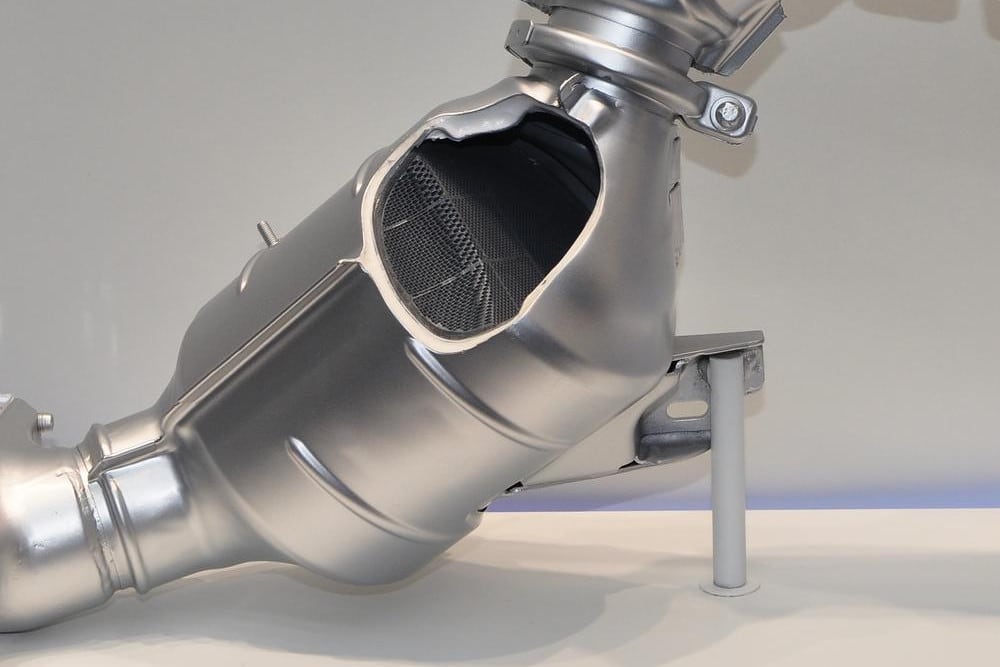

Diesel particulate filters are intended to reduce soot emissions by as much as 80%. When the filter fails, the DPF (diesel particulate filter) light will come on. It indicates a partial blockage in the filter. So, what is the deal with DPFs? Read on to learn more about them.
You have to empty your DPF regularly in order to have optimum performance.
In order to empty your DPF, you have to burn off the collected soot.
Soot is burned off at a high temperature by driving at a speed of more than 40 miles per hour for approximately ten minutes.
When the soot is being burned off, you may notice that you get a hot smell from your exhaust, your idle speed is higher, and your fuel consumption is greater.
If the soot is not burned off, you will notice a deterioration in your oil quality. You have to make sure that your oil level does not rise above the maximum dipstick level, because if it does, you could damage your engine.
So, can you drive safely if your DPF light is on? Yes, you can. Probably. You are not likely going to be harmed. Your engine, however, is another thing. If you ignore the DPF light, and you continue to drive in your usual “gas/brake” pattern, you will probably end up seeing other warning lights come on. Then, you will have to see a mechanic for what is called “forced” regeneration. If you fail to do this, then the soot load is just going to keep on increasing.
Finally, your car will stop running properly, and at that point, yes, you will be looking at a safety issue, because you will see decreased performance levels when you are trying to do maneuvers like passing and merging on the highway. This is where “probably” comes in as far as safety is concerned. You will also likely end up incurring very costly repairs.
Never ignore your DPF warning light. You will have little time between the point where the DPF is minimally blocked, and the point where manual regeneration is the only solution. And if you fail to have the manual regeneration done, it is very possible that you will need a new engine.



